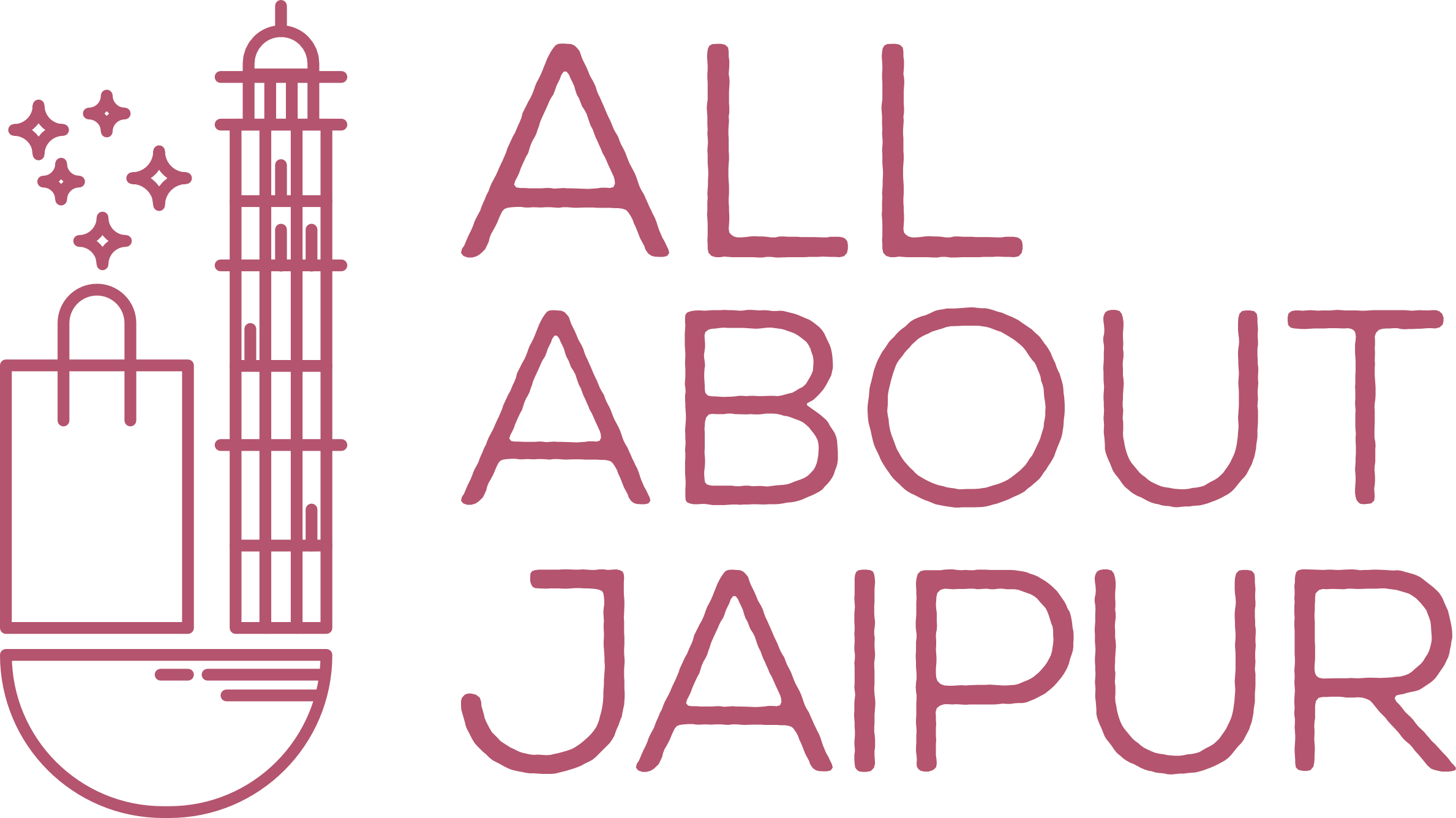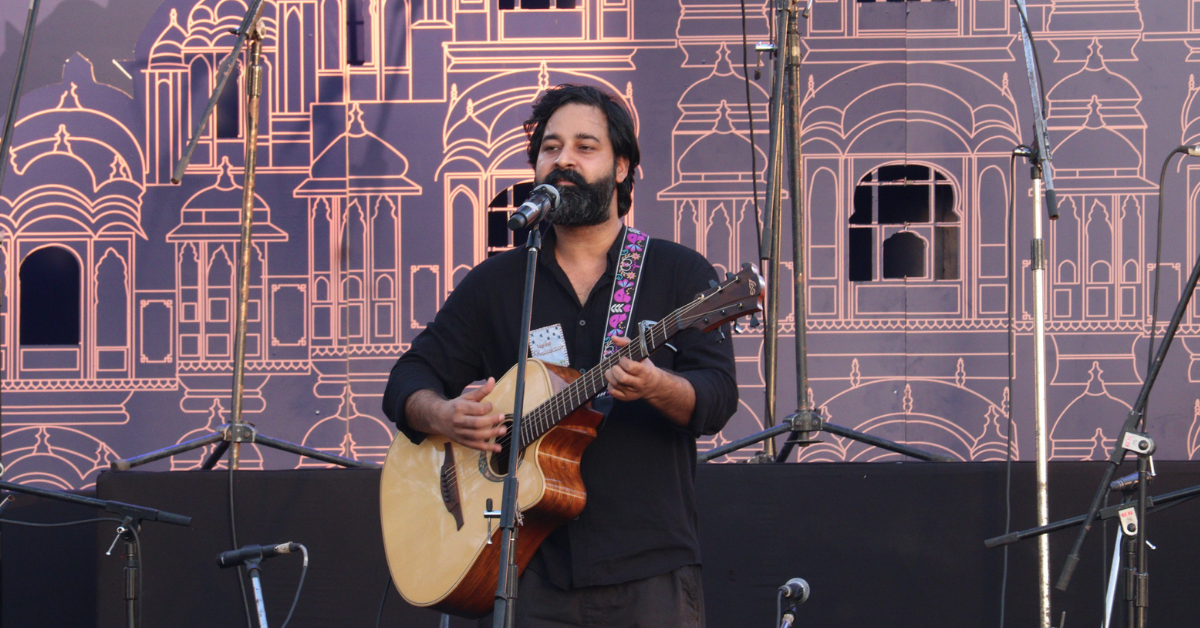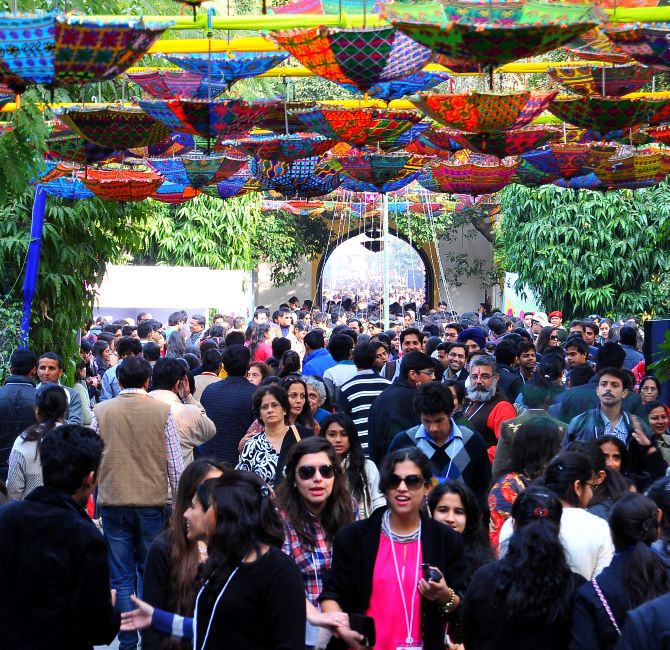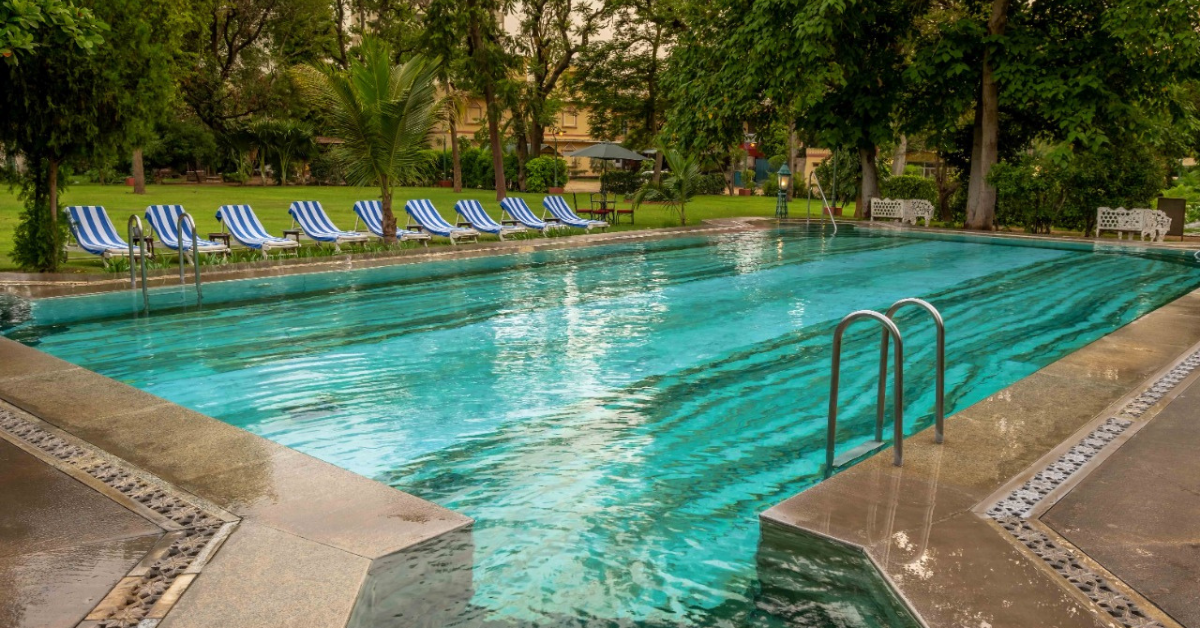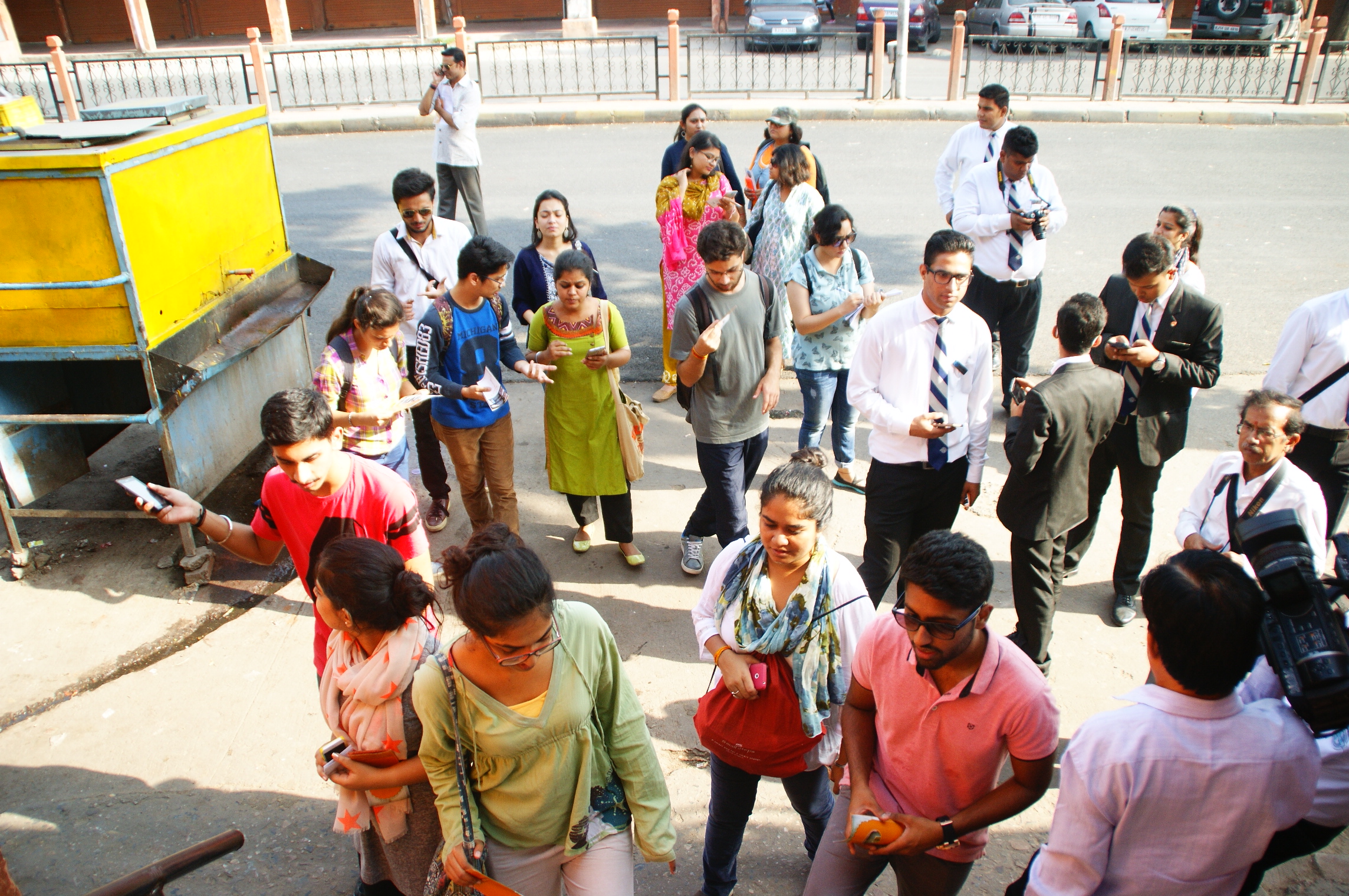The fact that one cannot completely experience the grandeur of Pink City without visiting the royal City Palace is quite well known. The Palace courts and galleries and the royal cenotaphs take one back to the era of Kings and Queens. The Maharaja Sawai Man Singh II Museum Trust, under the patronage of the Royal Family of Jaipur, introduced the concept of ‘City Palace By Night’ and for the first time in India, a Sculpture Lumière Show. This innovative experience has added a whole new dimension to night tourism in the city and is becoming increasingly popular among both national and foreign tourists.
The Museum at Night offers an exclusive experience of the City Palace. The buildings are specially lit and magically transformed, and selected galleries are open for viewing. The highlight of the experience is the Sculpture Lumière, a spectacle of light and music (the state anthem which has been revived by the royal family of Jaipur and re-recorded by Rajasthan Roots). The show is both an art experience and informative: it covers the history of Jaipur and its rulers, using images from the Museum collection, video, and graphics, all projected onto the walls of the Sarvato Bhadra Chowk, and the Chandra Mahal.

Guests can visit the illuminated palace buildings, courtyards and museum galleries before the Sculpture Lumiére Show.
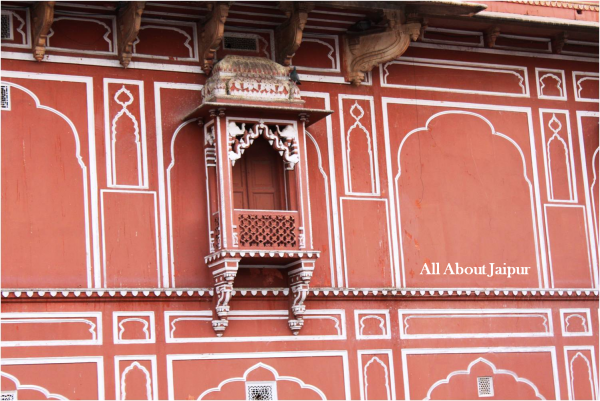
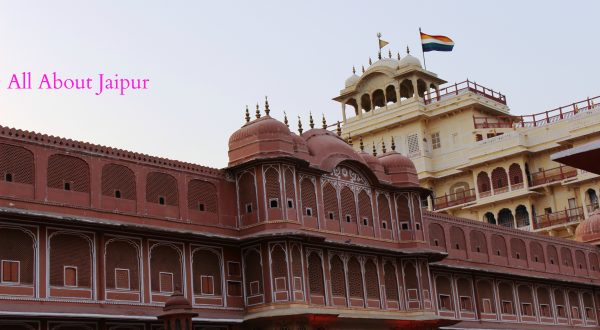
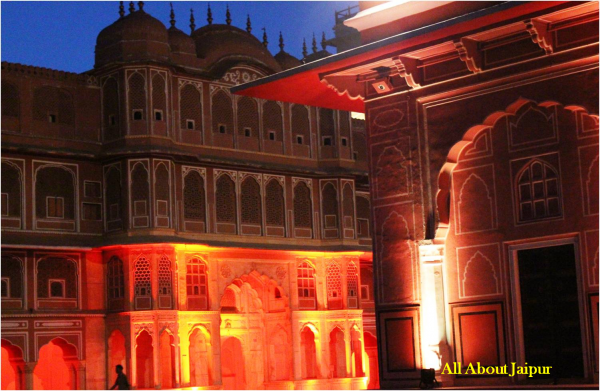
HISTORY OF CITY PALACE JAIPUR
The City Palace in Jaipur is spread out over a series of courtyards. It was founded in 1727 by Maharaja Sawai Jai Singh II as part of his ambitious city project, and his successors continued to ornament and add to the elegant buildings up until the 20th century. The palace has always been much more than the grand residence of a royal family. It was also, from the start, a centre of patronage of the arts and of learning, and with its many temples, it is also a place of ritual and worship. Today, the palace has thrown open its exclusive spaces to the public through the Maharaja Sawai Man Singh II Museum Trust, welcoming domestic and international visitors from far and wide.
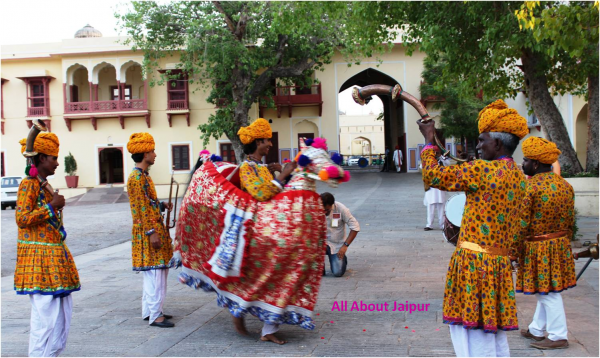
The Museum began during the reign of Maharaja Sawai Man Singh II in 1952, when the Silehkhana and an Art Gallery were opened to the public. At that time, a turban or pagri was a part of the entrance requirement for male visitors, as wearing one was the contemporary etiquette of the Palace. In 1959, a Textile and Costume gallery was added (in the Mubarak Mahal), and the Museum was formally named the Maharaja of Jaipur Museum. In 1972, after the death of Maharaja Sawai Man Singh II, his son and successor Brigadier Maharaja Sawai Bhawani Singh reorganised the museum to expand the collections and buildings, and renamed both the Museum and its managing Trust in honour of his father.
PAINTING AND PHOTOGRAPHY MUSEUM
The newest addition to City Palace Jaipur is the Painting and Photo Gallery which opened in 2015. There is a broad selection of pictures from the Museum’s reserve collections that have been displayed for the first time. The exhibition begins in the era of the founder, Maharaja Sawai Jai Singh II, in the 18th century and concludes after Indian independence in 1947, when ruler of the time, Maharaja Sawai Man Singh II, was no longer the sovereign ruler of Jaipur, but the democratically appointed symbolic head or Rajpramukh of the Indian state of Rajasthan. This room contains paintings bought for and commissioned by the founder and his sons. We were really impressed to see the tactical displays for the blind and visually impaired.
TEXTILE GALLERY
The tour continued to the Textile Gallery which flourished wondrous textiles and fabrics under the royal patronage. These are usually part of the personal collection and being relatively fragile, do not last long. Which is where the City Palace Jaipur is special – it has the largest group of historic royal textiles surviving in India today. This includes all textiles bought for or collected and used by the men and women of the royal family, irrespective of where they were made.
ROYAL GRANDEUR TOUR
The Royal Grandeur Tour offers an exclusive access to the private areas in the Chandra Mahal with a guide.
Chandra Mahal or the moon palace was the main residence of the Maharajas of Jaipur. It is seven storeys high, and was built in just seven years. The state flag of Jaipur, called the panchranga, or five-color flutters on the top. You may notice a smaller, quarter flag flying above it. That denotes that the Maharaja is in residence and is connected with the title ‘Sawai’ that is added to the names of the rulers of Jaipur. The founder of Jaipur, Maharaja Jai Singh the second, was honoured by the Emperor Aurangzeb with the title of ‘Sawai’ literally meaning ‘one and a quarter’.
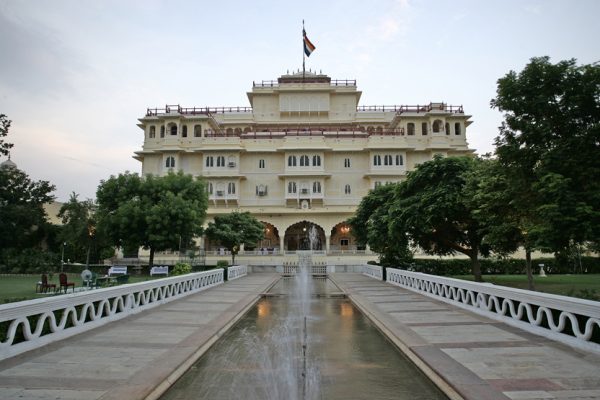
The seven storied building, Chandra Mahal is built with such proportion that one can hardly realize its grand scale without going around its various apartments. The walls of the verandah of Chandra Mahal on the first floor are covered with life size portraits of Jaipur rulers painted by German Artist A.H. Muller during the reign of Maharaja Sawai Man Singh II. The verandah faces Royal Jai Niwas gardens, Govind Devji temple and the scenic view of the tiger fort on the Aravali Mountains.
The second storey of Chandra Mahal is Sukh Niwas. The gilded room has walls decorated with gold work from over 200 years ago. The room is full of royal memorabilia, including the famous Lalique Peacock table, an incredible piece specially made for the Royal Family of Jaipur by the world renowned artist Marc Lalique.
Chandra Mahal’s third storey, called Rang Mandir is embellished with mirrors on the walls, pillars and ceilings.
The fourth storey is called Shobha Niwas. Created in 18 th century, it is a room of mirrors embellished with decorations in colour and gold.
The fifth storey is the Chhavi Niwas, which is painted with floral pattern in blue and white to depict the reflection of clouds in the sky.
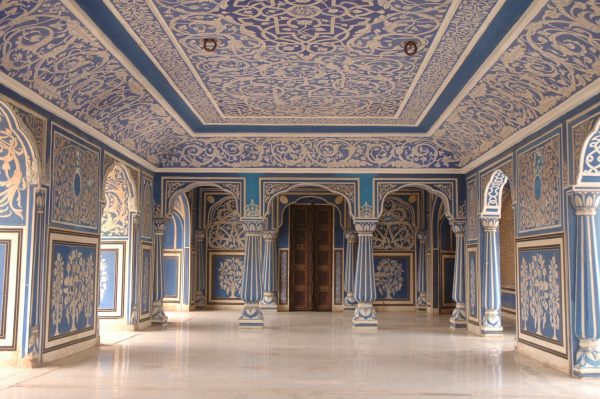
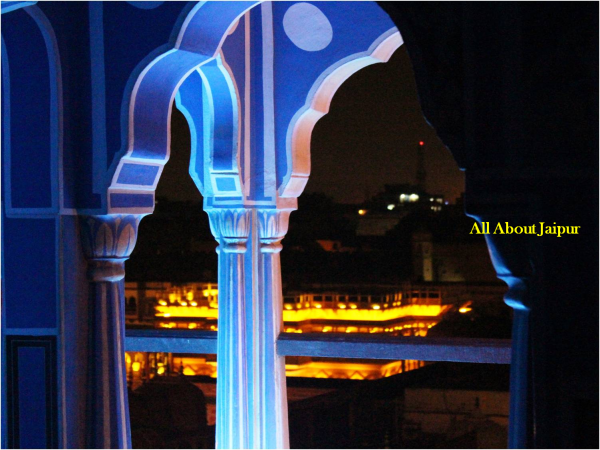
The Sixth storey of the palace is Sri Niwas, one of the finest examples of Mughalartwork decorated with mirror & gold during 18th century. The reflections of the intricate glass work in candlelight is a treat to the viewer’s eye.
The top of Chandra Mahal or seventh storey is known as Mukut Mandir. It is the crown of the royal Palace over which the flag of Jaipur flies relentlessly. One can have a panoramic view of the walled city of Jaipur from the Mukut Mandir.
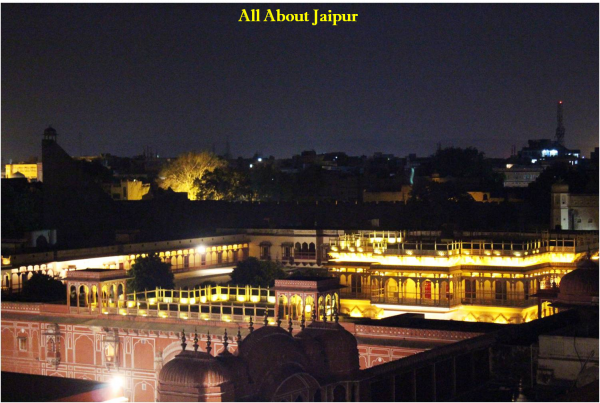
BARADARI RESTAURANT
Another new initiative by the Royal Family of Jaipur is the Baradari restaurant. This addition has added immense value to the visitor experience at the City Palace. The restaurant wraps around the courtyard of what was once the historic service court of the City Palace. With cooling water cascades and an elegant bar that plays with the traditional form of baradari (a columned, open pavilion), it is the perfect place to conclude a visit to the Museum, or to host a meal. the restaurant serves sumptuous Indian and international cuisines in an elegant aura. For those who wish to grab a meal on the go, it also runs a snack bar.
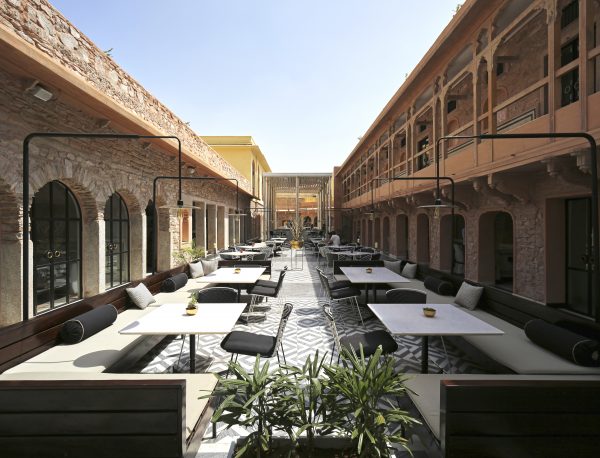
We recommend that you definitely try their wood fired pizzas and mozzarella kachoris. And if you’re a non-vegetarian, do not miss out on the royal laal maans with bajra khichdi.
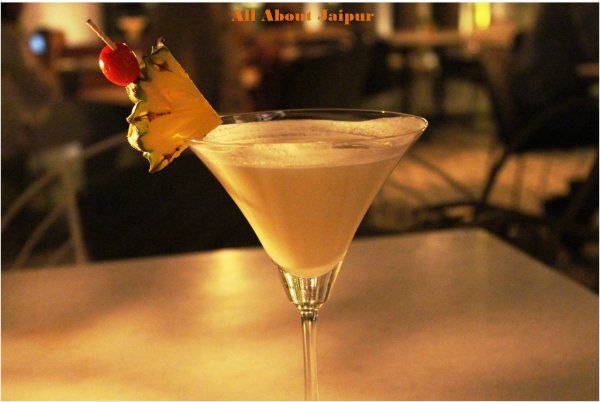
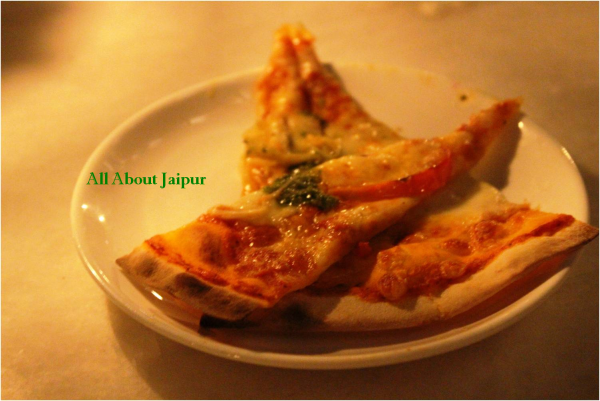
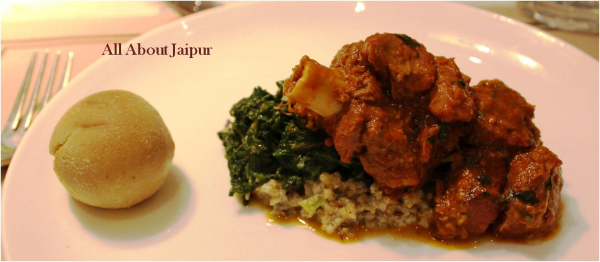
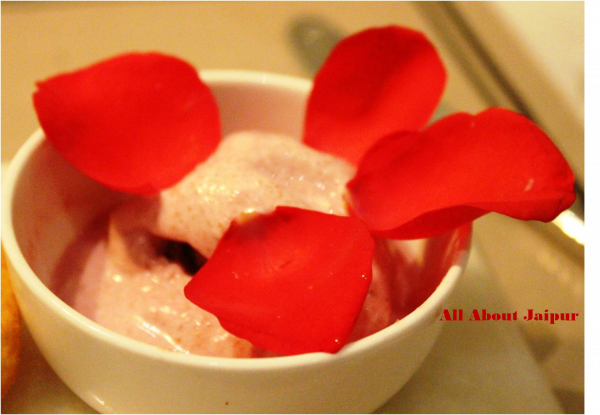
Have you visited the City Palace Jaipur yet? Do let us know what you liked best about your experience.
Tusharika Singh
Latest posts by Tusharika Singh (see all)
- Music experiences in the Pink City - January 11, 2025
- Jaipur Literature Festival 2025 Announces First List of Speakers for Landmark 18th Edition - December 3, 2024
- From Rejection to Recognition: Jaipur’s Abhishek Mudgal joins NSD as stage manager - December 2, 2024
